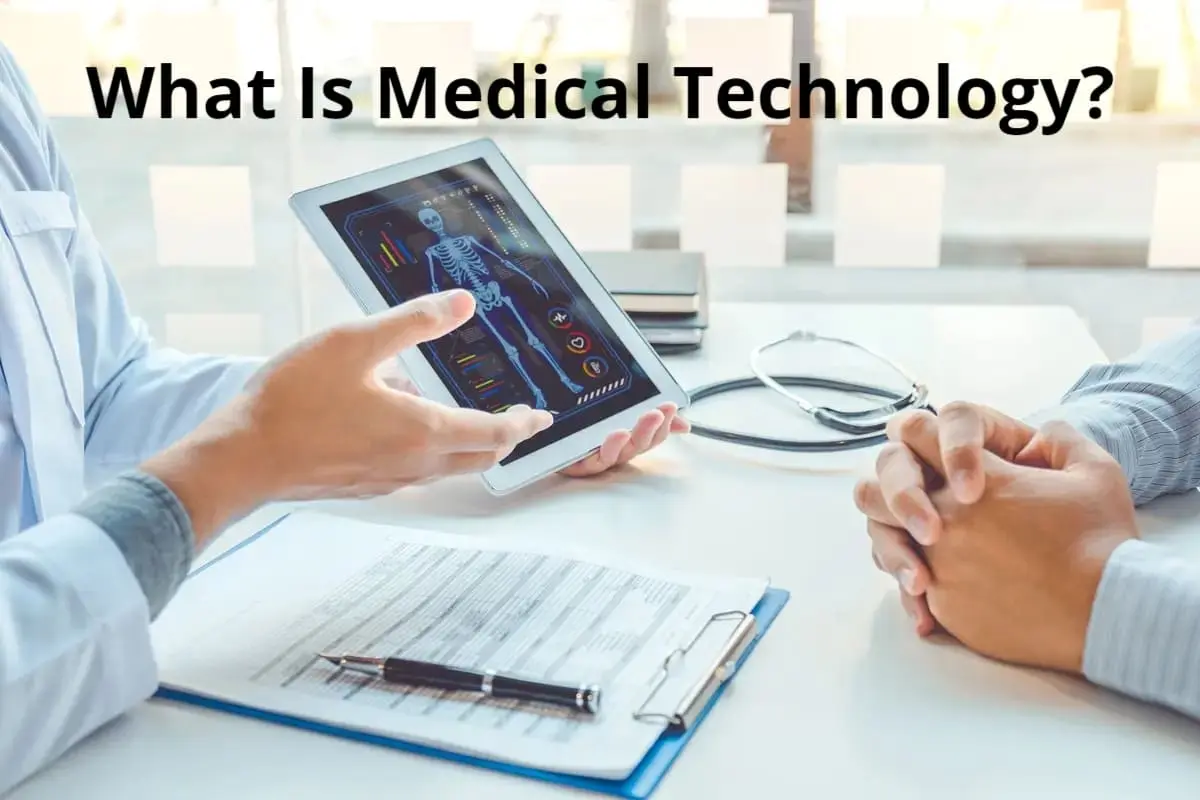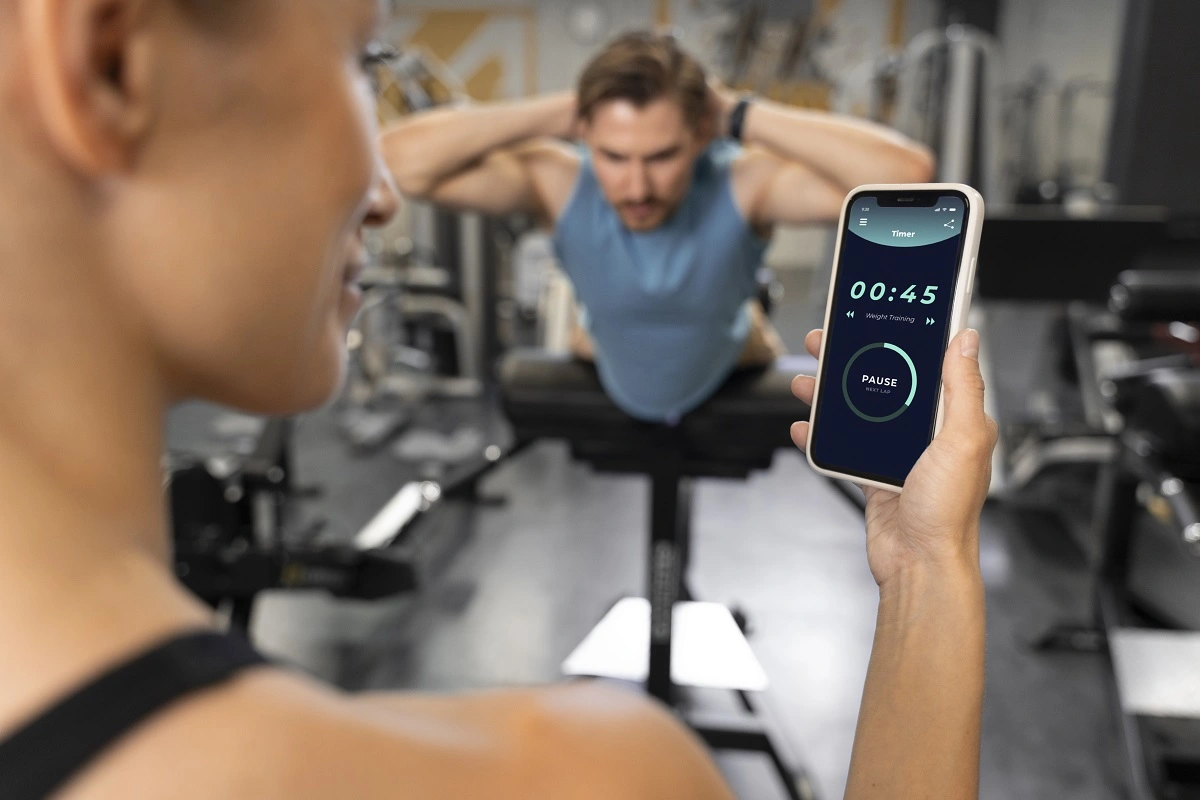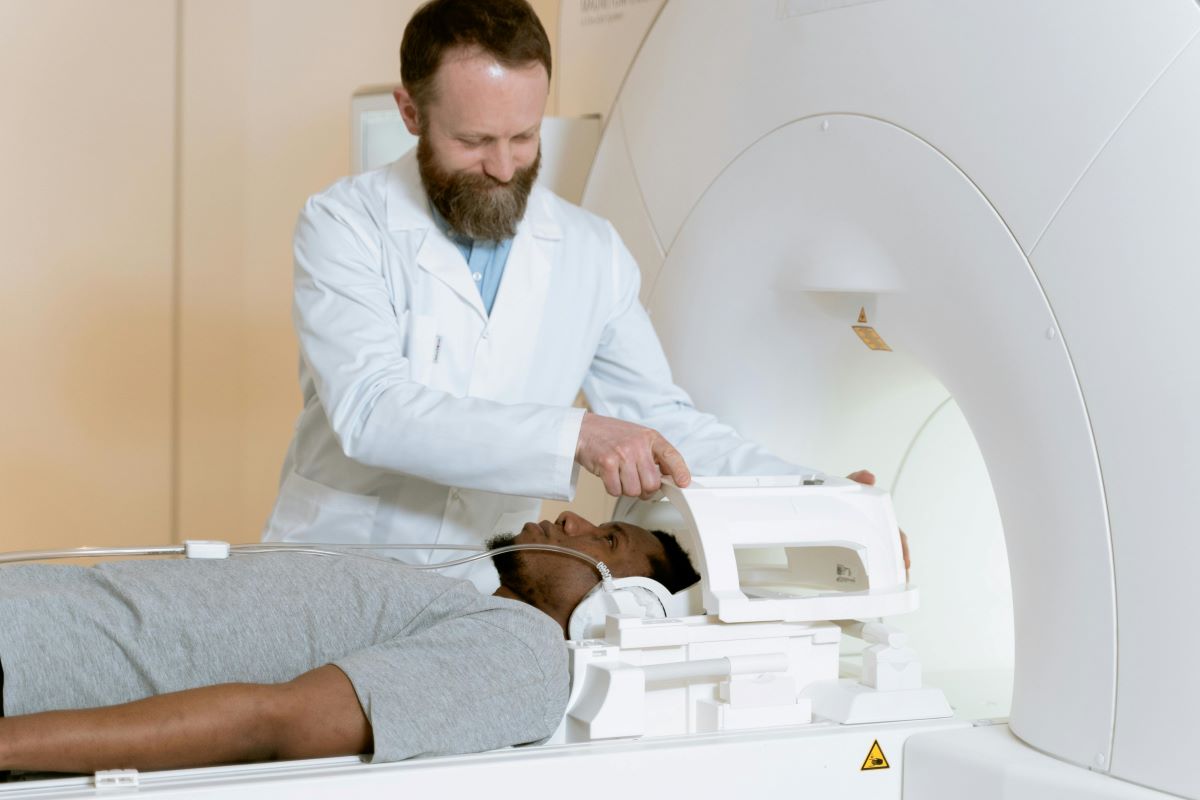In the competitive field of healthcare providers, medical technology plays a crucial role in shaping a hospital’s strategic position and public perception. With the continuous introduction of advanced biomedical devices and systems, hospitals face the challenge of managing expenditures while adopting new technologies.
To effectively deploy and assess the impact of medical technology, a hospital must commit to supporting such programs. Having an in-house “champion” is essential—someone who provides leadership, plans objectively, and may leverage additional expertise as required.
How Has Medical Technology Improved Health?
Medical technology has a lot of positive impacts on the life of patients. If any person has a medical issue they seek the help of doctors. As the medical science is improving it is catering to the needs of patients in a lot of ways. Whether it is the surgery or any other treatment they can expect to get something out of it.
Moreover, the recovery processes have also improved to an extent. In many ways, the medical industry has been a little slow to adapt these changes. Whether it is the equipment or surgical instruments it will become better by time.
The use of mobile devices in healthcare has become more important. Moreover, the patients and doctors are having an improved communication all thanks to technology. The technology is becoming more effective for both diagnosing and treatments. With the use of cloud computing and the internet of medical things (IoMT) doctors can treat the patients in a better way. Medical technology is also helping patients to get the finest treatments possible.
The Value Of Medical Technology
In today’s world, medical technology has an ever-increasing value. It is effectively providing to the doctors and patients. You will notice that the medical industry has come a long way due to this technology.
Related: What Advance Artificial Intelligence Perception Does In the Medical Industry?
Public Health Improvement
During the COVID-19 medical technology has enhanced to a new level. As there was a rapid need of treatment for patients, things were not going up to the mark. Technology helps patients and doctors share information with each other. It can stop spreading of diseases without any problems. Due to technology hospital can share data and come up with results regarding health.
Improved Diagnosis And Treatment
There are plenty of devices available for people. However, healthcare experts are making use of devices to diagnose and treat patients quickly. It saves their time and effort too. As the medical information is available quickly it will help the doctors discuss everything with their patients. Each healthcare practitioner has a tablet or computer with them. While they monitor their patients it is easy for them to write down the medicines and other details.
Visit: The Use Of Mobile Technology In Healthcare Is Doing The Trick
Improved Patient Education
You will be surprised to see that medical technology has improved the information for patients. They can understand their condition in a better way and look for treatment options. Here is how it helps:
- Patients can have information that is written on the portals
- There is a lot of information on the action options available
- They can pick the doctor according to their requirement
How Medical Technology Lowers Healthcare Costs
The medical technology has lowered the healthcare costs in a lot of ways:
Electronic Health Records (EHRs)
Many hospitals are making use of health care records (EHRs). It helps the doctors have a considerable amount of savings without any difficulty. While having the paper records was costlier. As the electronic health records are coming into picture it also saves time and effort. Some physicians who have a separate office are not making use of this technology as yet. However, they are getting to know the benefits too.
Efficient Scheduling
Whenever the patients book an appointment with the doctor their record is kept electronic. It helps the hospital organize the appointments in a better way. If there is problem with the appointments or the doctor is busy the appointments will be scheduled for the next day.
New Medical Technologies In 2024
Smart Pill
A smart pill that can check your breathing and heart rate inside your stomach might be able to find out if you have sleep apnea or if you’ve taken too many opioids. Sleep apnea means you stop breathing for a while during sleep. Normally, doctors use devices in a hospital overnight to watch your breathing, heart rate, and other body signs to diagnose it.
The gadget is about the size of a vitamin pill. It has a small sensor called an accelerometer that feels vibrations in your stomach to check your breathing and heart rate. The device can send this info to a computer outside your body using a special radio.
The doctors tried out the smart pill on 10 people, around 41 years old, who were already scheduled for tests at the West Virginia University Medicine Sleep Evaluation Center.
Flexible Needles
A special needle that becomes soft and flexible once it goes into the body might help lower inflammation and damage during injections. This could also decrease the chances of accidental needle pricks.
Regular needles and plastic tubes can sometimes cause swelling and problems when inserted because they’re not as flexible as the soft tissue and veins in our bodies. If a medical worker accidentally gets pricked by a used needle, it could spread diseases.
Plastic Wedge
A special wedge-shaped tool might improve the effectiveness of particle accelerators used in medical treatments like proton therapy for cancer.
Proton beams can be directed to destroy tumor cells. In regular radiation therapy, the radiation goes through the body before and after reaching the tumor, but protons usually stop once they hit the tumor. This targeted approach means fewer parts of the body are affected, reducing side effects.
Medical Implants
A shirt with metal textile bands could improve communication for medical implants. These metal bands act like channels for transmitting data. Certain implants, like glucose monitoring sensors used by people with diabetes, can work better if they receive information from other parts of the body.
For example, these sensors can trigger insulin pumps near the pancreas. However, linking them wirelessly is challenging. Signals sent inside the body are absorbed quickly and can’t travel far. External relay systems add more hardware, creating additional challenges.
Read also:
- Leveraging Technology To Improve Mental Health Counseling Services
- Technology And The Healthcare Experience: Trends In Health Tech




